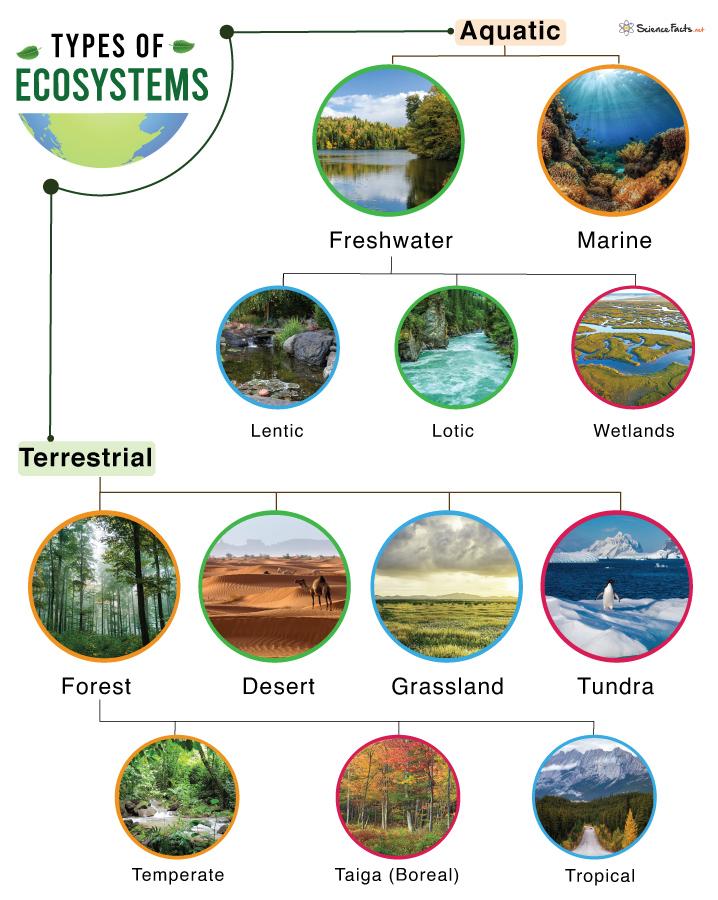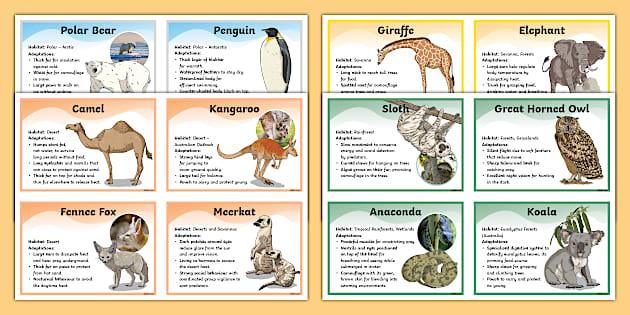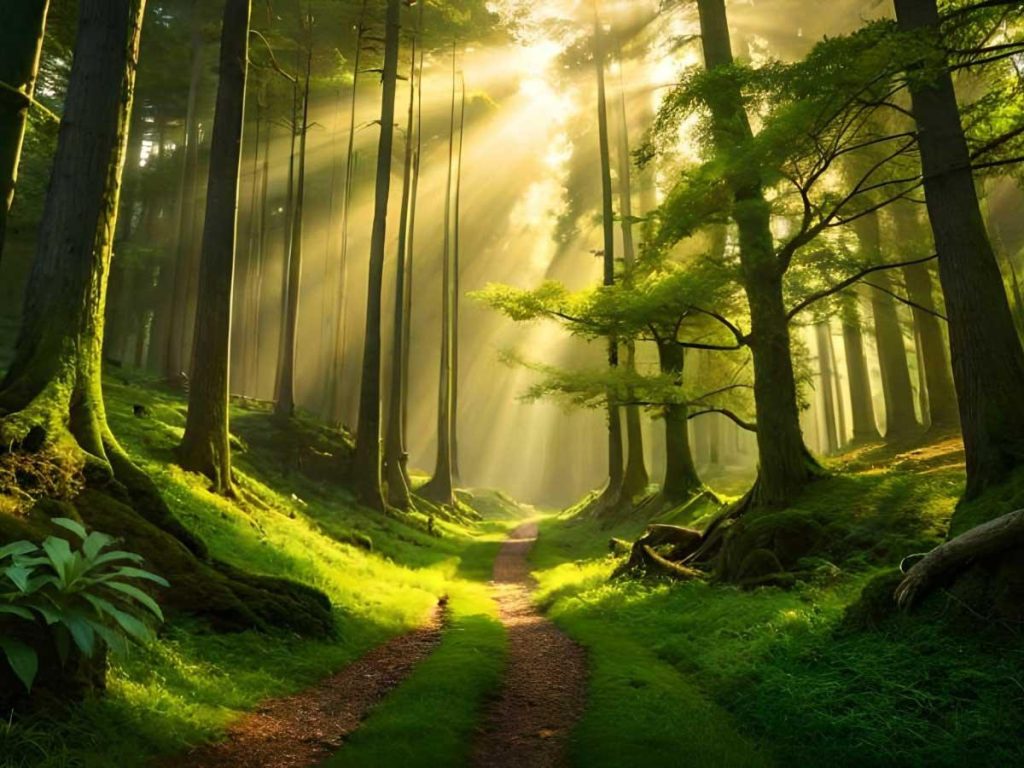As dawn breaks over a once-familiar landscape, the world awakens to the subtle yet profound transformations that whisper through the air and ripple across our ecosystems. Forests stretch their limbs towards an uncertain sky, rivers wind through parched earth, and animal migrations dance to the changed rhythms of the seasons. Climate change, often perceived through the lens of catastrophic headlines and polarizing debates, unfolds more quietly in the intricate tapestry of nature. It is a slow, relentless force that reshapes habitats, redefines relationships, and alters the very fabric of life on Earth. In this exploration, we delve into the silent impact of climate change – a saga written not in overt calamities, but in the delicate shifts and nuanced changes that redefine our natural world. Join us as we cast light on compelling stories of resilience and adaptation, uncovering the intricate ways in which life persists amidst the strains of transformation.
Table of Contents
- Natures Canvas: Understanding the Subtle Shifts in Ecosystems
- The Unseen Ramifications: How Wildlife Adaptations Reflect Climate Change
- Resilient Landscapes: Strategies for Conservation and Restoration
- Empowering Communities: Engaging Local Efforts in Climate Mitigation
- Wrapping Up
Natures Canvas: Understanding the Subtle Shifts in Ecosystems

The intricate dance of ecosystems often reveals itself through the language of subtle shifts. Wildlife habitats are experiencing gradual transformations, with species adapting in response to new climatic conditions. These changes include:
- Altered migration patterns: Many bird species are now arriving earlier or departing later than in previous decades.
- Shifts in breeding seasons: Warmer temperatures have caused some amphibians to breed earlier, impacting food availability for their young.
- Changes in Foraging behavior: Herbivores might expand their range to find food, while carnivores adjust their hunting grounds.
To visualize these transformations, consider the following table that highlights the varying impacts of temperature changes on different ecosystems:
| Ecosystem Type | Temperature Increase | Observed Impact |
|---|---|---|
| Coral Reefs | 1-2°C | Coral bleaching leading to loss of biodiversity. |
| Forests | >2°C | Shift in species distribution and increased pest outbreaks. |
| Wetlands | 1°C | Altered water levels affecting plant and animal habitats. |
These subtle shifts, although invisible to the naked eye, weave the complex tapestry of life. Understanding these phenomena not only deepens our appreciation of nature but also underscores the urgent need for preserving ecosystems in the face of relentless climate change. The fate of countless organisms hangs in this delicate balance, reminding us that every change in nature deserves our attention and respect.
The Unseen Ramifications: How Wildlife Adaptations Reflect Climate Change

The delicate balance of ecosystems worldwide is increasingly disrupted by climate change, leading to remarkable adaptations among wildlife. From the Arctic tundra to tropical forests, species are evolving to survive in shifting environments. For instance, many birds are altering their migratory patterns, departing earlier in the spring or arriving later in the fall as temperatures fluctuate. This reshuffling of migration schedules not only affects traditional breeding patterns and food availability but also influences local ecosystems and species interactions.
Additionally, an array of physiological and behavioral changes is taking place, illustrating the relentless march of adaptation in nature. Here are some notable examples of wildlife responses:
- Color Changes: Arctic foxes have begun to shift their fur coloration to blend better with the changing landscapes, as snow melts more quickly in the spring.
- Habitat Shifts: Coral reefs are moving to deeper waters as surface temperatures rise, seeking cooler environments to survive.
- Reproductive Timing: Some amphibians are breeding earlier in response to changes in temperature and moisture levels, impacting their lifecycle and survival rates.
| Species | Adaptation | Impact |
|---|---|---|
| Polar Bears | Increased swimming distances | Greater energy expenditure and risk of drowning |
| Butterflies | Shifted ranges towards the north | Altered pollination dynamics with local flora |
| Fish Species | Extended breeding seasons | Potential overpopulation and resource competition |
Resilient Landscapes: Strategies for Conservation and Restoration
The preservation and rejuvenation of our landscapes in the face of climate change requires a multifaceted approach. Below are key strategies aimed at fostering resilience in our ecosystems:
- Native Plant Restoration: Planting native species not only supports local wildlife but also enhances soil and water conservation.
- Wetland Rehabilitation: Restoring wetlands can reduce flooding, improve water quality, and provide essential habitats.
- Community Engagement: Involving local communities in conservation efforts ensures that sustainable practices take root and thrive.
- Climate-Adapted Forestry: Implementing adaptive management in forests can mitigate the impacts of pests, diseases, and extreme weather.
Adopting strategic land management practices is vital for ensuring ecosystems endure the trials of changing climates. Consider the following effective initiatives:
| Initiative | Outcome |
|---|---|
| Agroecology Practices | Improved soil health and increased crop resilience |
| Riparian Buffer Zones | Enhanced water quality and habitat protection |
| Urban Green Spaces | Mitigation of urban heat and enhancement of biodiversity |
Empowering Communities: Engaging Local Efforts in Climate Mitigation
As the ripple effects of climate change intensify, the call for localized action becomes increasingly urgent. Community-driven initiatives harness the power of individuals to create sustainable practices that resonate on a broader scale. These efforts not only mitigate the environmental impact but also foster a sense of connection and empowerment among community members. Transitioning to renewable energy sources, local conservation projects, and educational outreach can redefine the landscape of climate awareness. Key strategies include:
- Organizing workshops to educate residents about sustainable living.
- Creating community gardens that promote biodiversity and food security.
- Collaborating with local businesses to adopt eco-friendly practices.
The synergy between grassroots movements and policy advocacy can lead to transformative change. By leveraging local knowledge and resources, communities can implement effective climate solutions tailored to their unique challenges. Through encouraging local participation, we empower individuals to take ownership of their environment. This collective effort can be documented and measured to showcase progress, including assessments of reduced emissions or increased green spaces. Below is a concise table highlighting some successful local initiatives around the globe that demonstrate the potential of community engagement in climate action:
| Community Initiative | Location | Impact |
|---|---|---|
| Green Roofs Project | Chicago, USA | Improved urban air quality and reduced heat island effect. |
| Solar Schools Initiative | Berlin, Germany | Increased renewable energy use and student engagement. |
| Community Resilience Hubs | New Orleans, USA | Enhanced capacity to withstand climate-related disasters. |
Wrapping Up
As we draw the curtains on our exploration of “,” it becomes clear that the shifts in our environment extend far beyond the eye’s grasp. The whispers of change weave through the fabric of our ecosystems, each subtle alteration echoing the profound consequences of a planet in flux. From the delicate dance of pollinators disrupted by shifting seasons to the majestic retreat of glacial giants, nature’s narrative is being rewritten with every passing moment.
Yet, within this somber transformation lies an urgent call to action. We stand on the precipice, equipped with knowledge and the capacity to effect change. Our choices — individual and collective — hold the power to either exacerbate or mitigate the silent impacts we have witnessed. As we step away from this reflection, may we carry forth a renewed understanding of our interconnectedness with the natural world and embrace the responsibility that comes with it.
The future of our planet hangs in the balance, but it is not too late to listen, to learn, and to act. Let us be the stewards of change that our environment so desperately needs, crafting a legacy of resilience and hope for generations to come.



